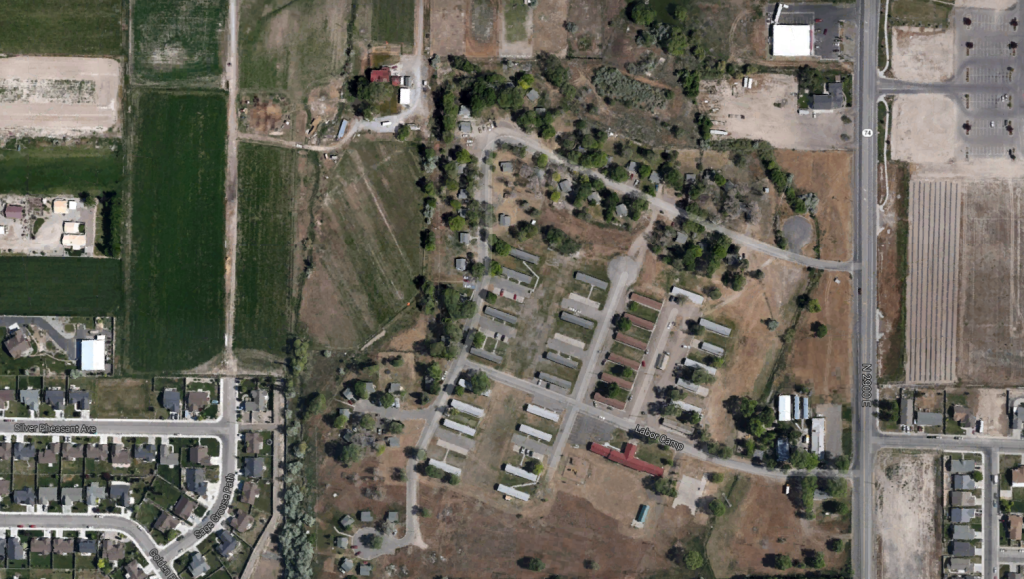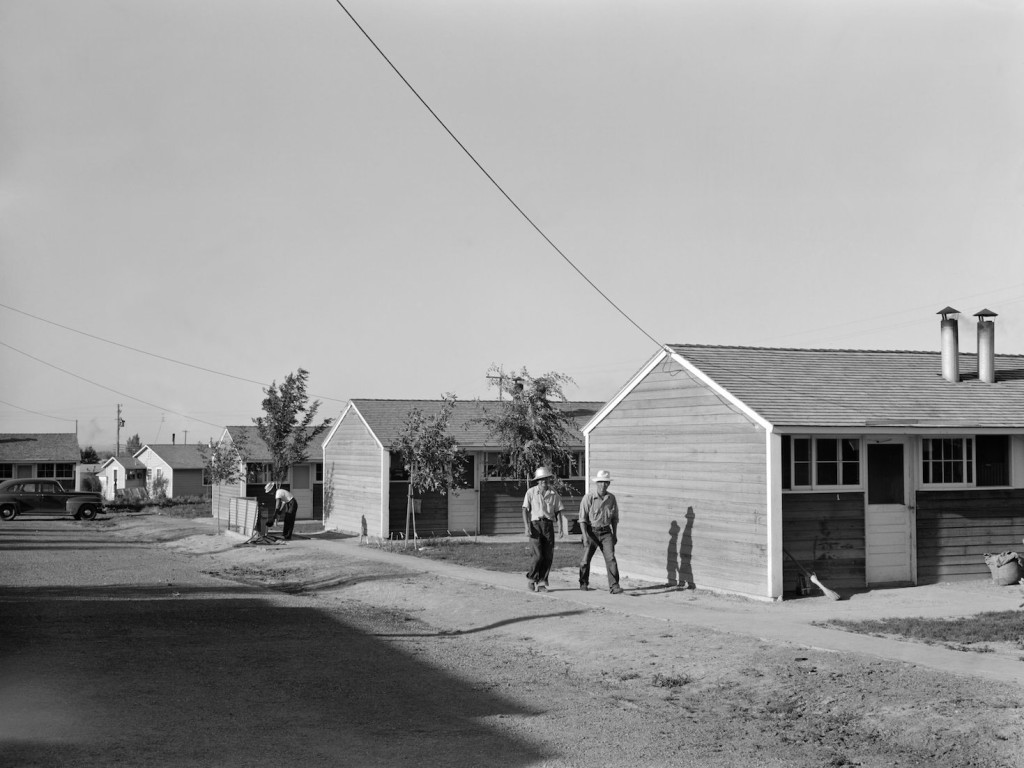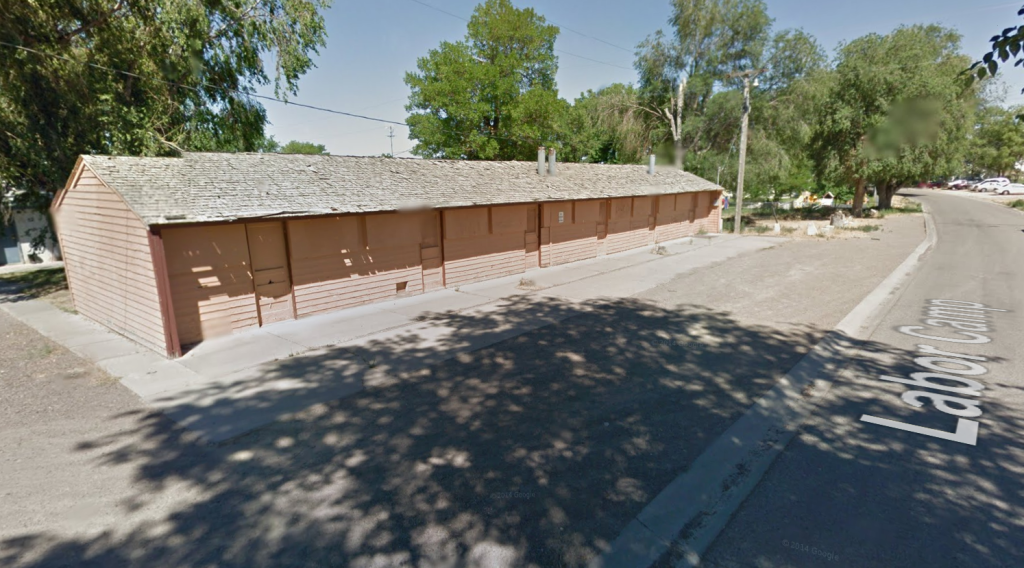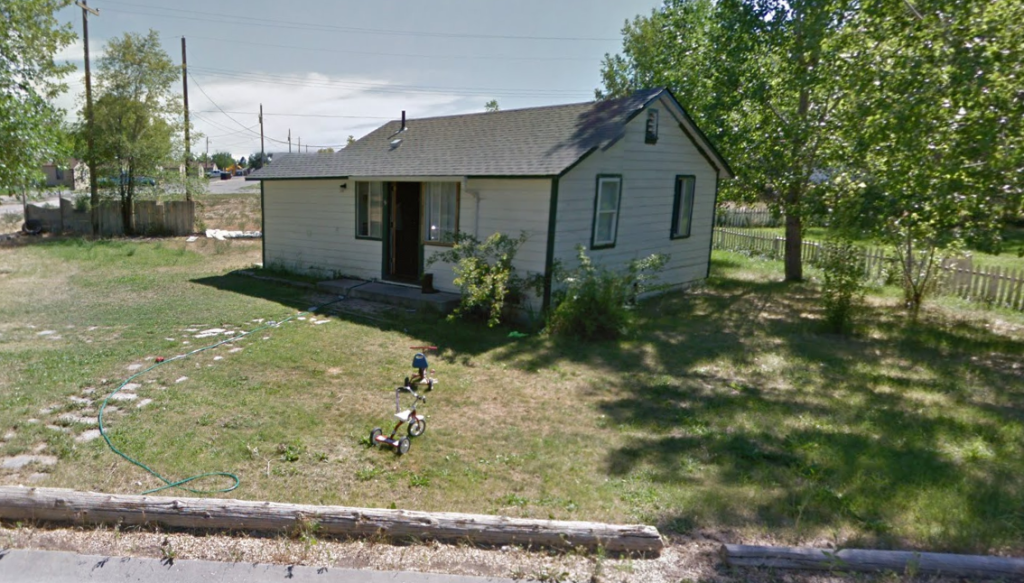James Kazuo Tanaka shared with us some photographs of the Twin Falls, Idaho farm labor camp, which are now part of the Japanese American National Museum’s collections.
James lived in the camp with his parents James Kenso and Toshiko Mildred. His father first worked in the camp in the fall of 1942, harvesting sugar beets. During the 1943 and 1944 sugar beet seasons, the entire family lived and worked at the Twin Falls camp, returning to Minidoka during the winter months. In 1945, the Tanakas moved to the labor camp and remained there until 1949. James now resides in the Los Angeles area. For the past several years, he has been studying the history of the War Relocation Authority’s seasonal leave program and has generously shared some of his research finds with us. In April 2014, he participated in an oral history interview for our project. You can read the transcript from his interview here.
The Twin Falls camp, located two miles south of town, operated year round. The Amalgamated Sugar Company began recruiting Nikkei workers in the spring of 1942 to help harvest the 6,500 acres of sugar beets in Twin Falls County. The company sent representatives to the temporary assembly center in Sacramento and on June 2, the first group of thirty five Japanese American laborers arrived at the camp. By the end of the month, two hundred more workers joined them. When Minidoka opened in August, it provided a steady stream of seasonal laborers. Additional workers were recruited from Heart Mountain, Manzanar, and Poston. Seasonal workers lived in barracks, while those individuals and families who resided at the camp all year lived in small cottages. The camp had a total capacity of 900, housing Japanese Americans, Mexican laborers through the bracero program, Jamaicans, and white migrant workers.
James’ first photograph shows him with his mother Toshiko and their dog Blackie. The building behind them was their two-bedroom house in the Twin Falls camp, one of forty-seven cottages on the property. The window on the left was his bedroom. The house had indoor plumbing, with the water heated by a coal burning stove. In addition to the bedrooms, the cottage also contained a small living room and a kitchen.
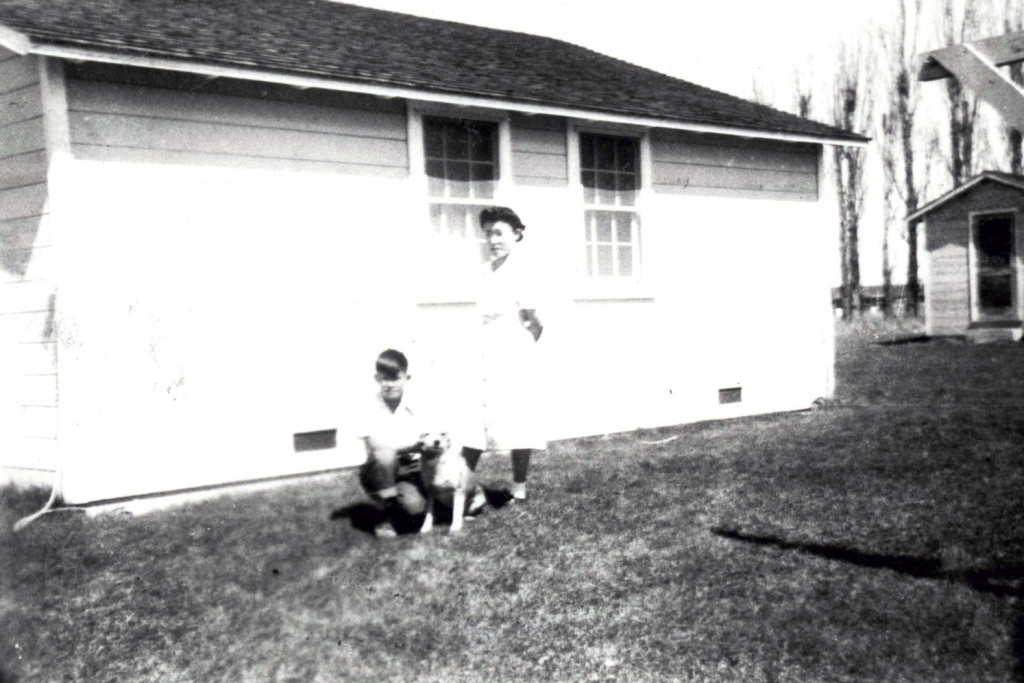
In comparison, each barrack building contained six one-room apartments. A single apartment typically housed four individuals and included a wood-burning stove for both heating and cooking. Unlike the cottages, the barracks did not have running water. Showers and bathrooms were located in separate structures in between the barracks. Because the camp lacked the means to heat the pipes, the barracks were closed during the winter months.
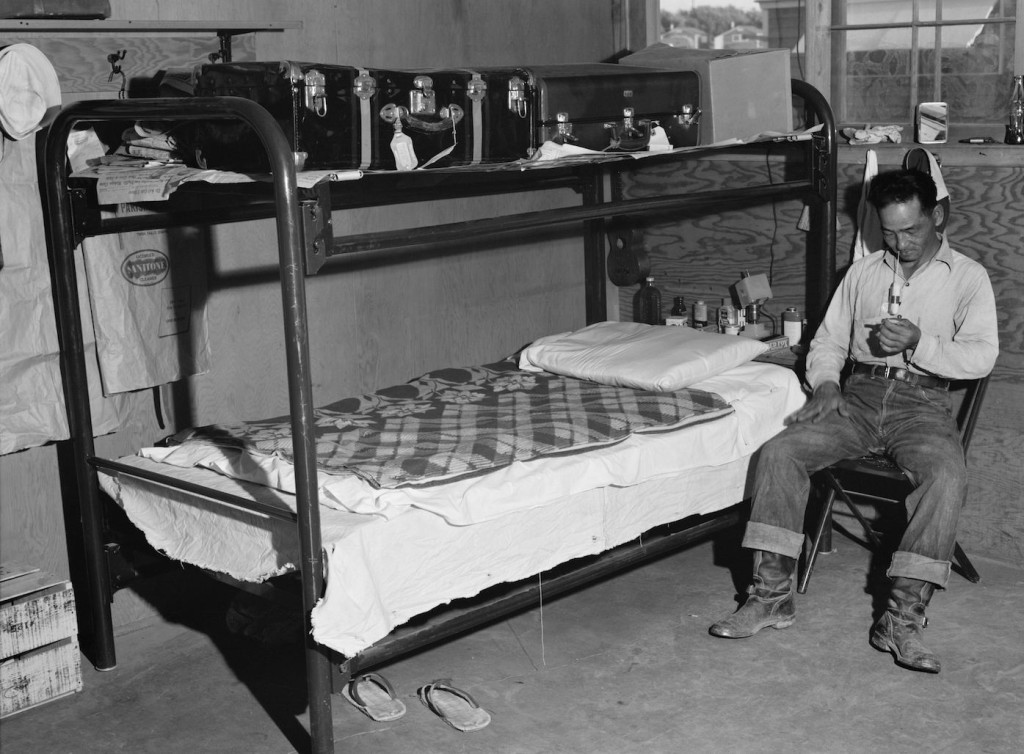
James’ second photograph is of Howard Takahashi (1934-2000). He lived at the camp with his mother, Sumie Mary, and sister, Soeko Harriet. Better known as Munio Makuuchi, he became a noted poet and artist whose work drew upon his wartime experiences.
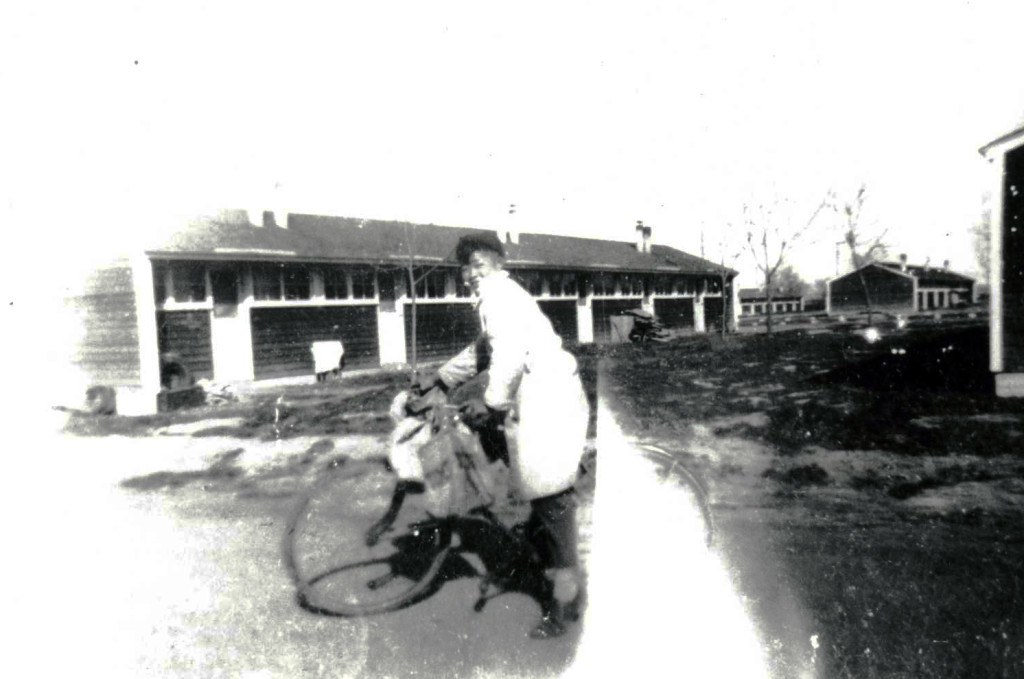
James’ last photograph is of his father with flats of strawberries. The Tanaka family weeded and harvested various crops during their time living at the Twin Falls camp. James recalled arriving at the strawberry fields before dawn and harvesting the fruit until noon. James also shared memories of his family growing and selling green onions. “We were growing green onions. [We would] harvest them from the field, bring them home, place them in a galvanized tub with water, pull off the yellow leaves, bundle them with rubber bands, trim the tops and roots. My dad would take the green onion bundles directly to the Safeway market in Twin Falls and the onions would be placed directly on the produce counter ready to sell.”
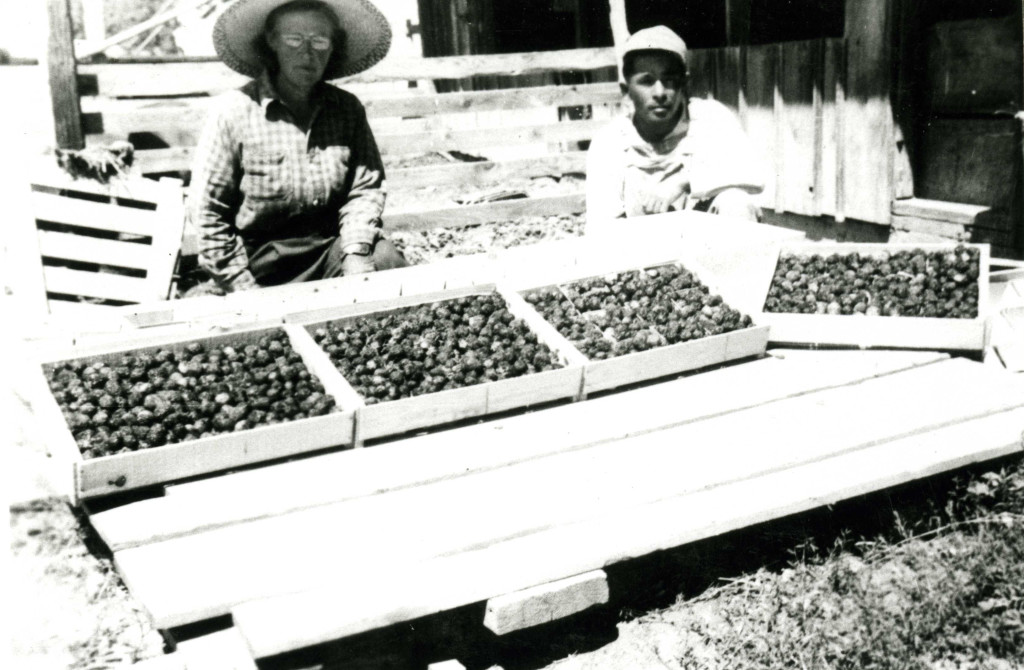
Many buildings from the Twin Falls farm labor camp are still standing. The site is located on Labor Camp Road, just off Highway 74.
